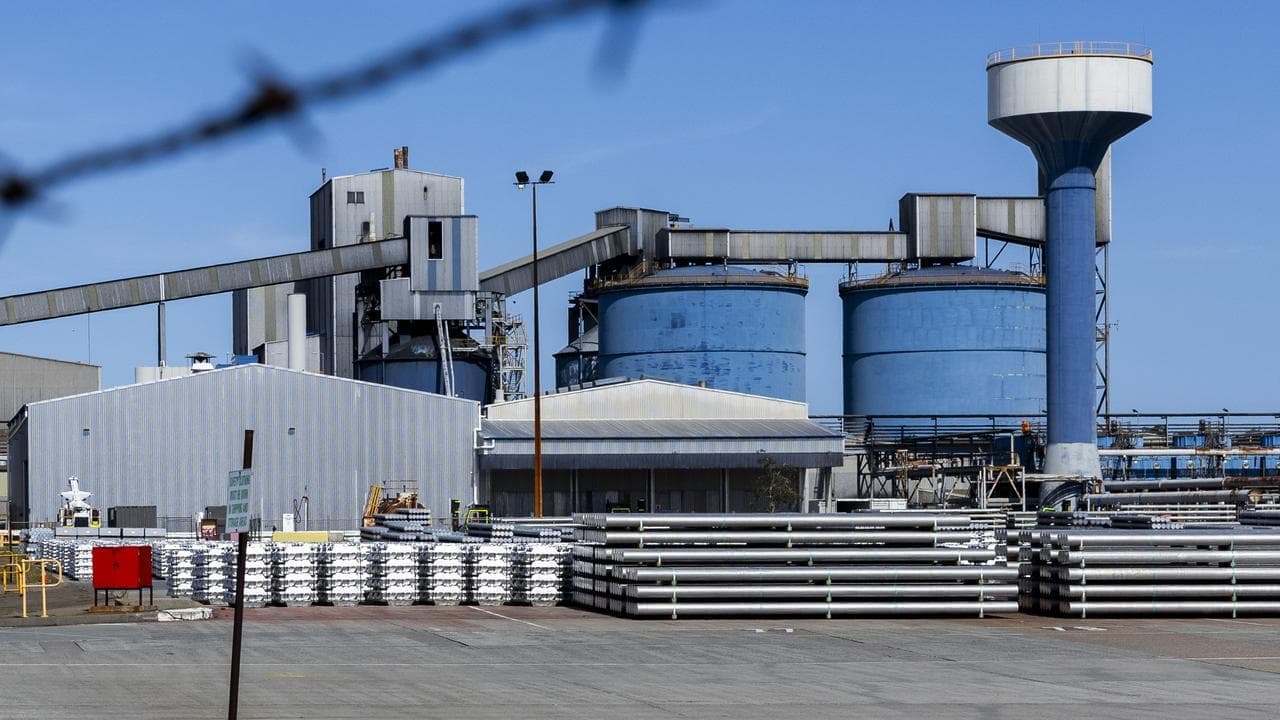WHAT WAS CLAIMED
There are 114 new coal and gas projects in Australia’s investment pipeline that contain more than double the amount of our annual domestic carbon emissions.
OUR VERDICT
Mostly True. There are 114 coal and gas projects in Australia which, if completed, would produce emissions estimated to be more than double the current domestic carbon emissions of Australia. However there is uncertainty in the calculation of the potential emissions and emissions from exported fossil fuels.
In a speech to federal parliament on February 14, Greens leader Adam Bandt criticised the federal government for setting a target of net zero carbon emissions by 2050 while new coal and gas projects are being proposed and approved.
"On the government's official register, there are 114 new coal and gas projects in the pipeline, containing more than double the amount of Australia's current emissions," Mr Bandt said.
"That's two-and-a-half times Australia's emissions every year locked up in these projects that the Liberals and Labor want to develop."
Mr Bandt said the advancement of these projects was at odds with achieving net zero by 2050.
A federal Department of Industry, Science, Energy and Resources (DISER) report shows there are 114 coal and gas projects in Australia's investment pipeline. A Parliamentary Library estimate of the total emissions of all those projects does give a figure 2.5 times the level of Australia's current emissions.
While the 114 figure is accurate, experts told AAP FactCheck the projections on emissions should be viewed with caution.
In its Resources and Energy Major Projects 2021 report, DISER shows that as of October 2021, there were 69 new coal projects and 45 new liquefied natural gas, gas or petroleum projects in the investment pipeline (Table 1.2).
AAP FactCheck asked Mr Bandt's office about the basis for the emissions magnitude claim and his staff responded via email with a report (not publicly available) prepared by the federal Parliamentary Library for Mr Bandt in January and a spreadsheet of the projects and their estimated emissions.
The Parliamentary Library report, estimates the 114 projects would create 1,331 million tonnes of carbon dioxide emissions per year if all were to proceed.
That is 2.67 times the estimated emissions in the year to June 2021 of 498.9 million tonnes of CO2 as estimated by the government in the latest National Greenhouse Gas Inventory report.
Australia's emissions are calculated from transport, electricity, stationary energy and agriculture, as well as 'fugitive emissions' - those occurring in the production and distribution of fossil fuels, which amounted to 48.7 million tonnes of CO2 equivalent in the year to June 2021. The figures do not include so-called "Scope 3 emissions" - the emissions created in other countries using fossil fuels from Australia.
The report prepared for Mr Bandt's office contains a caution that the estimates of emissions from the projects in the pipeline are based on a number of assumptions and standardised energy content factors for oil, coal and gas, made in the absence of details about the commodity mix in each project.
"Several projects listed in (the DISER report) are described as producing a mix of commodities but (the report) does not provide information on the proportions for each commodity," the Parliamentary Library report states.
"To enable inclusion of these projects in our estimates, we have made assumptions about these proportions which increase uncertainty."
University of Melbourne professor of atmospheric science Peter Rayner said even accounting for any variations arising from using standardised energy content factors, the emissions created by fossil fuels exported from Australia will outweigh the country's domestic emissions. This is in accordance with Mr Bandt's statement.
"The uncertainty in the figures might change from 2.5 to 2.1 or 2.9 (times current emissions) but Australia is one of the countries that has the highest ratios of exported carbon to fossil fuel use anywhere in the world, mainly because of the massive amounts of thermal coal and LNG that we export," Prof Rayner told AAP FactCheck in a phone call.
In fact the embedded emissions of Australian coal exports already exceed the nation's domestic carbon emissions. Calculations made by anti-coal not-for-profit Ember found that emissions from coal exported from Australia were 895 million tonnes of CO2 equivalent, almost double the country's 2020 domestic green gas emissions.
Mr Bandt's statement is therefore correct in that, if all those projects proceed, the resulting emissions will be about 2.5 times greater than Australia's current domestic output.
It is unlikely that all 114 projects will proceed to production. Both Prof Rayner and the CSIRO Climate Science Centre's chief research scientist Dr Pep Canadell said only a fraction of planned projects go ahead.
However, Dr Canadell said "whatever the quantity of projects going ahead, more fossil fuel projects will not bring the world and Australia to reach their net zero emission commitments consistent with the temperature objectives of the Paris Agreement".
Another point to note is the potential 1,331 million tonnes created by the projects would not actually affect Australia's ability to claim it has reached net zero by 2050.
Australia's net zero plan specifically states that "it will not shut down coal or gas production" (page 11) and that Australia will remain "a leading energy exporter".
Institute for Energy Economics and Financial Analysis director of energy finance studies Tim Buckley told AAP FactCheck Australia's net zero calculations are determined by Scope 1 and Scope 2 emissions, not Scope 3.
"In the narrow sense of the word it affects it to the extent of Scope One and Scope Two only," Mr Buckley said.
Mr Buckley said because the emissions were exported it might be possible to claim the emissions belong to customers such as Japan or Korea but "what's their problem is our problem because we've got one collective atmosphere".
Prof Rayner said the term "net zero" refers to greenhouse gases produced within a country but not exports.
"I don't think anybody in the Australian mainstream political process is proposing that we move towards only digging up as much carbon as we can absorb," he said.
"One can argue that it is the step Australia should take but that is an ethics question, not a science question."
The Verdict
It is accurate for Mr Bandt to say that there are 114 new coal and gas projects in Australia's investment pipeline and an analysis by the authoritative Australian Parliamentary Library does estimate those projects in total have the potential to create 2.5 times Australia's domestic emissions each year. There are issues with the estimated emissions totals - a fact acknowledged by the Parliamentary Library report, and it is unlikely all 114 projects would become operational. Also, despite any emissions going into the global atmosphere, the technical details of calculating net zero emissions mean the CO2 emissions of exported fossil fuels are not included in Australia's tally.
Mostly True – The claim is largely accurate but includes minor errors or problems.
AAP FactCheck is an accredited member of the International Fact-Checking Network. To keep up with our latest fact checks, follow us on Facebook, Twitter and Instagram.












